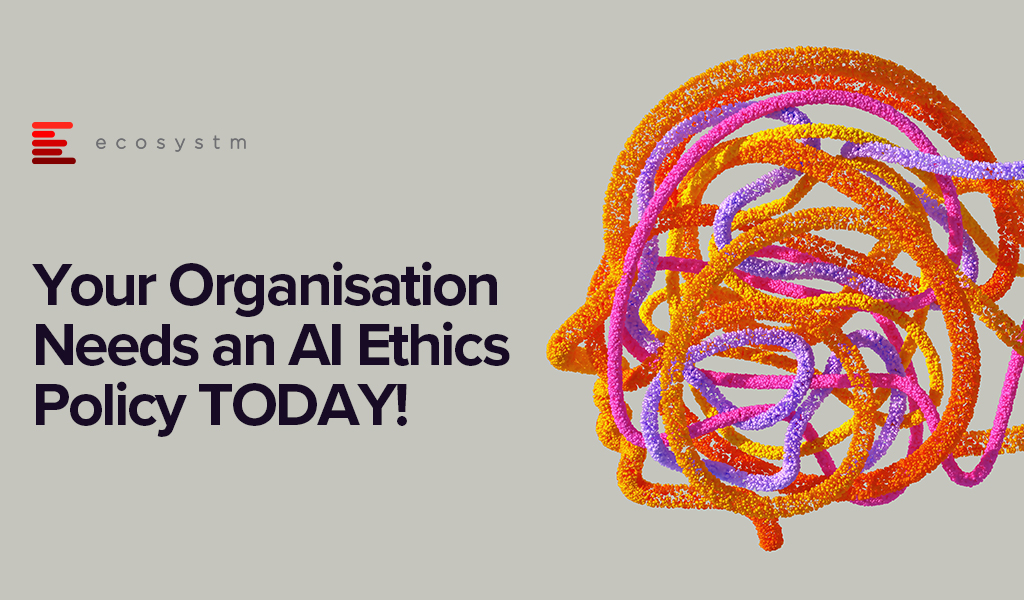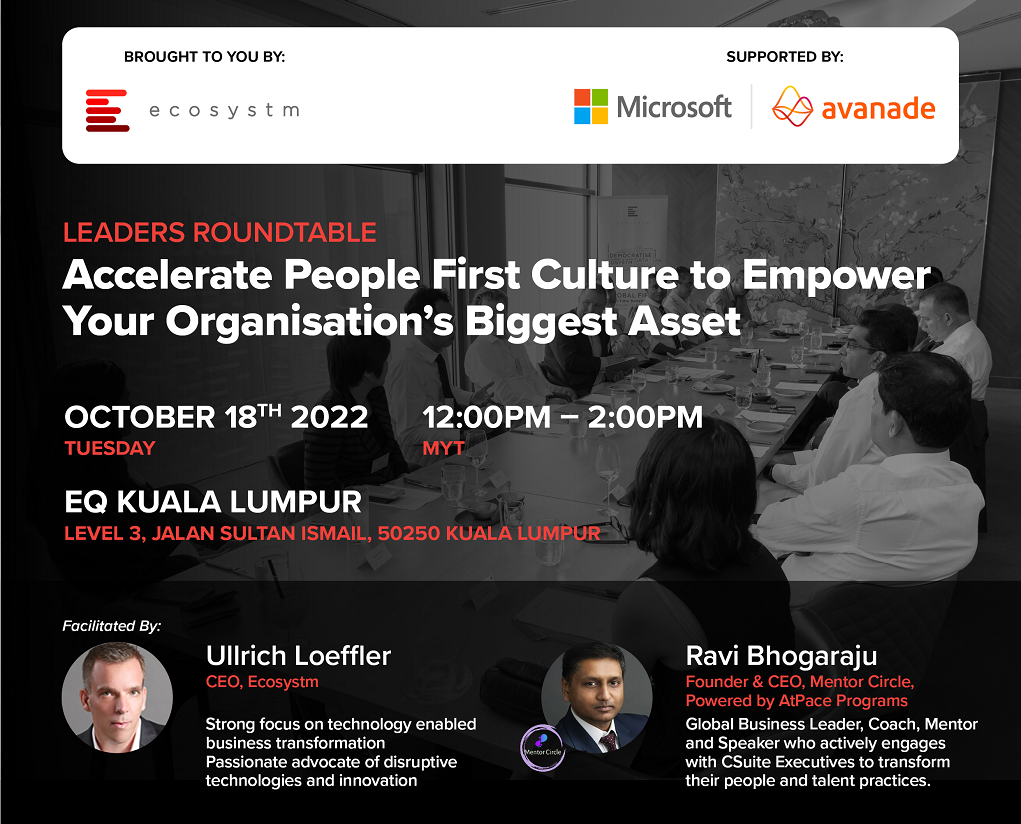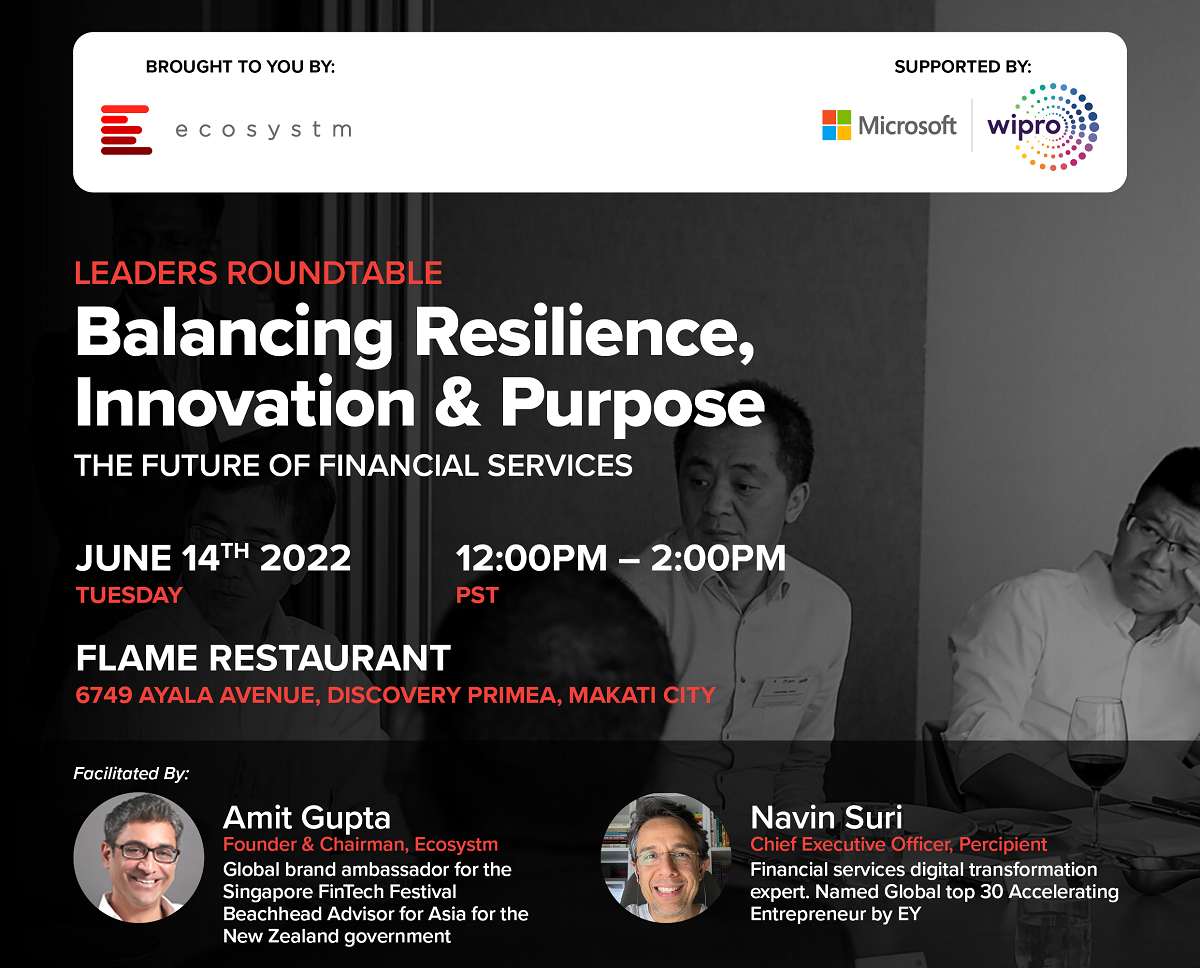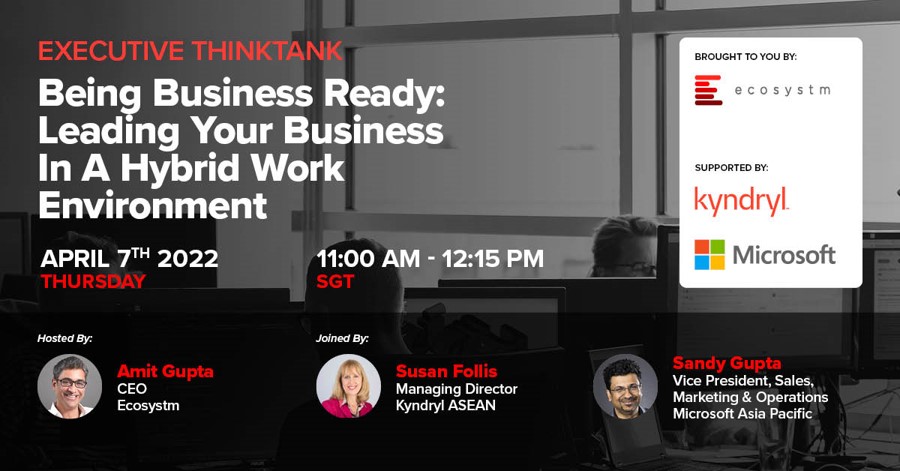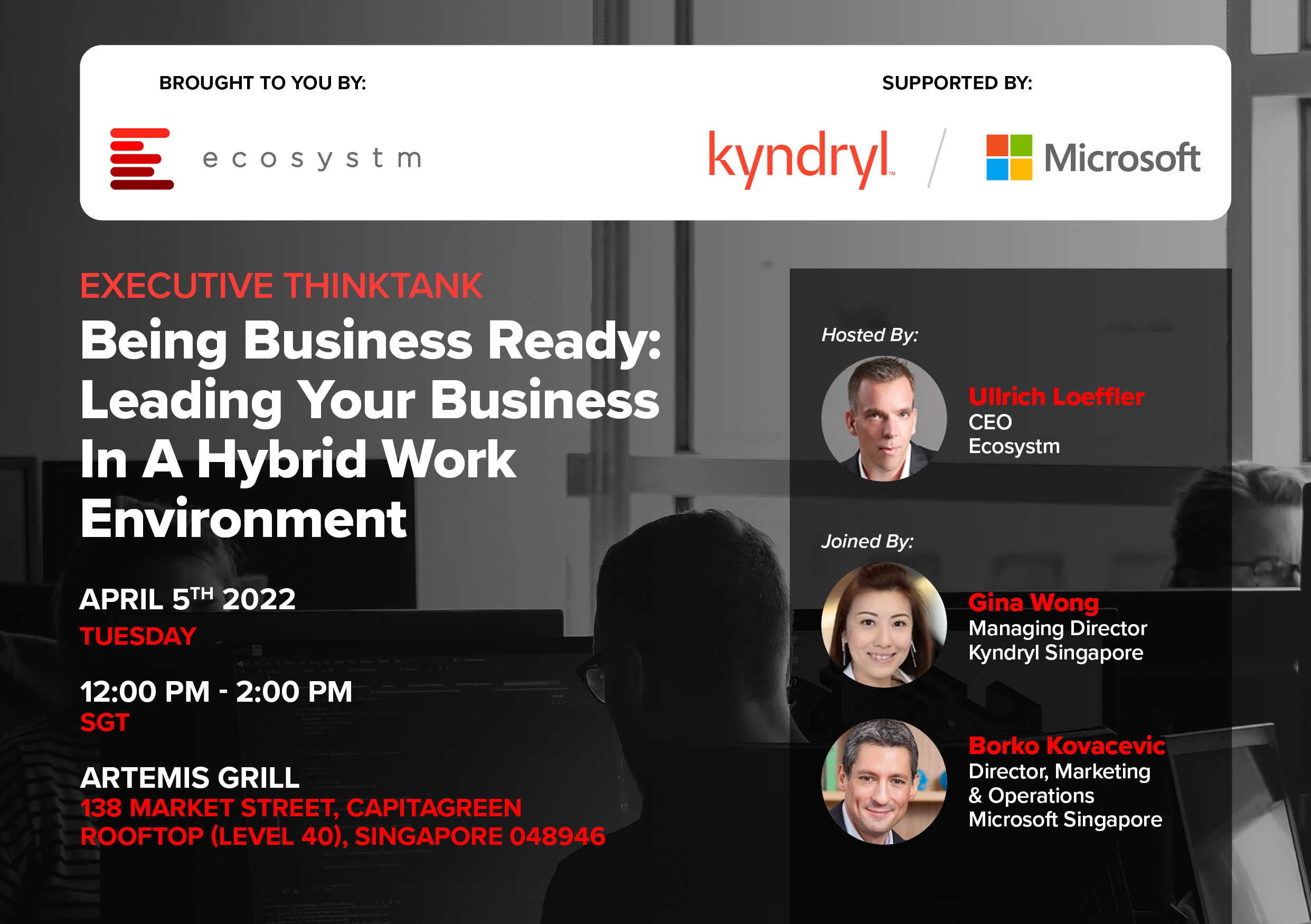It is not hyperbole to state that AI is on the cusp of having significant implications on society, business, economies, governments, individuals, cultures, politics, the arts, manufacturing, customer experience… I think you get the idea! We cannot understate the impact that AI will have on society. In times gone by, businesses tested ideas, new products, or services with small customer segments before they went live. But with AI we are all part of this experiment on the impacts of AI on society – its benefits, use cases, weaknesses, and threats.
What seemed preposterous just six months ago is not only possible but EASY! Do you want a virtual version of yourself, a friend, your CEO, or your deceased family member? Sure – just feed the data. Will succession planning be more about recording all conversations and interactions with an executive so their avatar can make the decisions when they leave? Why not? How about you turn the thousands of hours of recorded customer conversations with your contact centre team into a virtual contact centre team? Your head of product can present in multiple countries in multiple languages, tailored to the customer segments, industries, geographies, or business needs at the same moment.
AI has the potential to create digital clones of your employees, it can spread fake news as easily as real news, it can be used for deception as easily as for benefit. Is your organisation prepared for the social, personal, cultural, and emotional impacts of AI? Do you know how AI will evolve in your organisation?
When we focus on the future of AI, we often interview AI leaders, business leaders, futurists, and analysts. I haven’t seen enough focus on psychologists, sociologists, historians, academics, counselors, or even regulators! The Internet and social media changed the world more than we ever imagined – at this stage, it looks like these two were just a rehearsal for the real show – Artificial Intelligence.
Lack of Government or Industry Regulation Means You Need to Self-Regulate
These rapid developments – and the notable silence from governments, lawmakers, and regulators – make the requirement for an AI Ethics Policy for your organisation urgent! Even if you have one, it probably needs updating, as the scenarios that AI can operate within are growing and changing literally every day.
- For example, your customer service team might want to create a virtual customer service agent from a real person. What is the policy on this? How will it impact the person?
- Your marketing team might be using ChatGPT or Bard for content creation. Do you have a policy specifically for the creation and use of content using assets your business does not own?
- What data is acceptable to be ingested by a public Large Language Model (LLM). Are are you governing data at creation and publishing to ensure these policies are met?
- With the impending public launch of Microsoft’s Co-Pilot AI service, what data can be ingested by Co-Pilot? How are you governing the distribution of the insights that come out of that capability?
If policies are not put in place, data tagged, staff trained, before using a tool such as Co-Pilot, your business will be likely to break some privacy or employment laws – on the very first day!
What do the LLMs Say About AI Ethics Policies?
So where do you go when looking for an AI Ethics policy? ChatGPT and Bard of course! I asked the two for a modern AI Ethics policy.
You can read what they generated in the graphic below.
I personally prefer the ChatGPT4 version as it is more prescriptive. At the same time, I would argue that MOST of the AI tools that your business has access to today don’t meet all of these principles. And while they are tools and the ethics should dictate the way the tools are used, with AI you cannot always separate the process and outcome from the tool.
For example, a tool that is inherently designed to learn an employee’s character, style, or mannerisms cannot be unbiased if it is based on a biased opinion (and humans have biases!).
LLMs take data, content, and insights created by others, and give it to their customers to reuse. Are you happy with your website being used as a tool to train a startup on the opportunities in the markets and customers you serve?
By making content public, you acknowledge the risk of others using it. But at least they visited your website or app to consume it. Not anymore…
A Policy is Useless if it Sits on a Shelf
Your AI ethics policy needs to be more than a published document. It should be the beginning of a conversation across the entire organisation about the use of AI. Your employees need to be trained in the policy. It needs to be part of the culture of the business – particularly as low and no-code capabilities push these AI tools, practices, and capabilities into the hands of many of your employees.
Nearly every business leader I interview mentions that their organisation is an “intelligent, data-led, business.” What is the role of AI in driving this intelligent business? If being data-driven and analytical is in the DNA of your organisation, soon AI will also be at the heart of your business. You might think you can delay your investments to get it right – but your competitors may be ahead of you.
So, as you jump head-first into the AI pool, start to create, improve and/or socialise your AI Ethics Policy. It should guide your investments, protect your brand, empower your employees, and keep your business resilient and compliant with legacy and new legislation and regulations.

Google recently extended its Generative AI, Bard, to include coding in more than 20 programming languages, including C++, Go, Java, Javascript, and Python. The search giant has been eager to respond to last year’s launch of ChatGPT but as the trusted incumbent, it has naturally been hesitant to move too quickly. The tendency for large language models (LLMs) to produce controversial and erroneous outputs has the potential to tarnish established brands. Google Bard was released in March in the US and the UK as an LLM but lacked the coding ability of OpenAI’s ChatGPT and Microsoft’s Bing Chat.
Bard’s new features include code generation, optimisation, debugging, and explanation. Using natural language processing (NLP), users can explain their requirements to the AI and ask it to generate code that can then be exported to an integrated development environment (IDE) or executed directly in the browser with Google Colab. Similarly, users can request Bard to debug already existing code, explain code snippets, or optimise code to improve performance.
Google continues to refer to Bard as an experiment and highlights that as is the case with generated text, code produced by the AI may not function as expected. Regardless, the new functionality will be useful for both beginner and experienced developers. Those learning to code can use Generative AI to debug and explain their mistakes or write simple programs. More experienced developers can use the tool to perform lower-value work, such as commenting on code, or scaffolding to identify potential problems.
GitHub Copilot X to Face Competition
While the ability for Bard, Bing, and ChatGPT to generate code is one of their most important use cases, developers are now demanding AI directly in their IDEs.
In March, Microsoft made one of its most significant announcements of the year when it demonstrated GitHub Copilot X, which embeds GPT-4 in the development environment. Earlier this year, Microsoft invested $10 billion into OpenAI to add to the $1 billion from 2019, cementing the partnership between the two AI heavyweights. Among other benefits, this agreement makes Azure the exclusive cloud provider to OpenAI and provides Microsoft with the opportunity to enhance its software with AI co-pilots.
Currently, under technical preview, when Copilot X eventually launches, it will integrate into Visual Studio — Microsoft’s IDE. Presented as a sidebar or chat directly in the IDE, Copilot X will be able to generate, explain, and comment on code, debug, write unit tests, and identify vulnerabilities. The “Hey, GitHub” functionality will allow users to chat using voice, suitable for mobile users or more natural interaction on a desktop.
Not to be outdone by its cloud rivals, in April, AWS announced the general availability of what it describes as a real-time AI coding companion. Amazon CodeWhisperer, integrates with a range of IDEs, namely Visual Studio Code, IntelliJ IDEA, CLion, GoLand, WebStorm, Rider, PhpStorm, PyCharm, RubyMine, and DataGrip, or natively in AWS Cloud9 and AWS Lambda console. While the preview worked for Python, Java, JavaScript, TypeScript, and C#, the general release extends support for most languages. Amazon’s key differentiation is that it is available for free to individual users, while GitHub Copilot is currently subscription-based with exceptions only for teachers, students, and maintainers of open-source projects.
The Next Step: Generative AI in Security
The next battleground for Generative AI will be assisting overworked security analysts. Currently, some of the greatest challenges that Security Operations Centres (SOCs) face are being understaffed and overwhelmed with the number of alerts. Security vendors, such as IBM and Securonix, have already deployed automation to reduce alert noise and help analysts prioritise tasks to avoid responding to false threats.
Google recently introduced Sec-PaLM and Microsoft announced Security Copilot, bringing the power of Generative AI to the SOC. These tools will help analysts interact conversationally with their threat management systems and will explain alerts in natural language. How effective these tools will be is yet to be seen, considering hallucinations in security is far riskier than writing an essay with ChatGPT.
The Future of AI Code Generators
Although GitHub Copilot and Amazon CodeWhisperer had already launched with limited feature sets, it was the release of ChatGPT last year that ushered in a new era in AI code generation. There is now a race between the cloud hyperscalers to win over developers and to provide AI that supports other functions, such as security.
Despite fears that AI will replace humans, in their current state it is more likely that they will be used as tools to augment developers. Although AI and automated testing reduce the burden on the already stretched workforce, humans will continue to be in demand to ensure code is secure and satisfies requirements. A likely scenario is that with coding becoming simpler, rather than the number of developers shrinking, the volume and quality of code written will increase. AI will generate a new wave of citizen developers able to work on projects that would previously have been impossible to start. This may, in turn, increase demand for developers to build on these proofs-of-concept.
How the Generative AI landscape evolves over the next year will be interesting. In a recent interview, OpenAI’s founder, Sam Altman, explained that the non-profit model it initially pursued is not feasible, necessitating the launch of a capped-for-profit subsidiary. The company retains its values, however, focusing on advancing AI responsibly and transparently with public consultation. The appearance of Microsoft, Google, and AWS will undoubtedly change the market dynamics and may force OpenAI to at least reconsider its approach once again.

Healthcare has transformed rapidly in the last few years – processes have become more agile; clinicians, administrative staff, and patients have changed their views on how healthcare can and should be delivered; and there is a greater reliance on technology today.
Despite challenges such as healthcare inequality and limited access to care for underserved populations, the future of Healthcare looks promising.
We will see continued advancements in technology, increased collaboration between healthcare providers and patients, and a clear shift in focus on preventative care.
Read on to find out how South Australia Health, Tan Tock Seng Hospital in Singapore, Montana State University and Billings Clinic, Microsoft, Epic, Zuellig Pharma, and iHIS Singapore are innovating to improve patient and employee experiences and clinical outcomes.
Download “The Future of Healthcare” as a PDF

Today, Asia is home to nearly 60% of the world’s population and accounts for 39% of the global GDP. As the region’s importance continues to grow (7 out of the top 10 economies is expected to be from the region, contributing to 47% of the global GDP by 2030), investment in Asia is a key priority for governments and large corporates around the world.
With the region taking centre-stage, there is a growing optimism as opportunities open up for local economies. It remains a unique market – differentiated by a strong spirit of innovation, vibrant startup ecosystem, and propensity to leverage technology to transform.
At the Leaders Dialogue: Asian Sentiment 2023 conversation, Ecosystm Founder and Chairman, Amit Gupta; Ahmed Mazhari, President of Microsoft Asia; Padmashree (Paddy) Santosh, VP & Global Head of Learning, Diversity and Organisation Effectiveness at Olam Agri; and Luca Destefanis, Head of Marketing APAC at Kyndryl discussed where Asia is leading and lagging behind when it comes to tech-led transformation and innovation.
Here are the key highlights:
- Asia demonstrates a “Disrupt or be Disrupted Mindset”
- The need for innovation is encouraging corporate venturing
- There is a growing interest in emerging tech
- Yet organisations might be scratching the surface
- Outcome-led transformation will be the key
Read on for more insights into Asian sentiment.
Download State of Digital Transformation in Asia as a PDF



